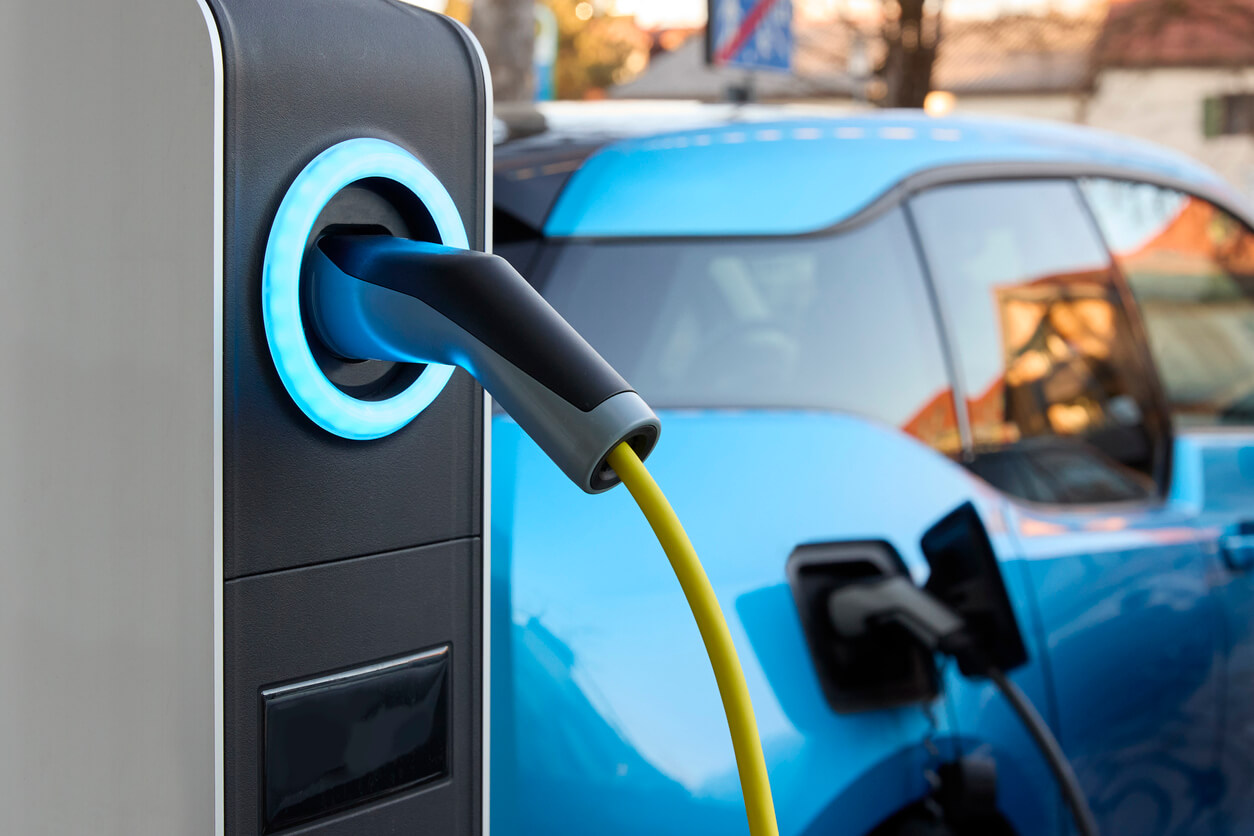One of the biggest changes when you switch to an electric car, is getting your head around how you power it.
It’s not the same as filling up your tank with petrol or diesel, there’s a lot more to think about at first.
Most people have the same questions: How do I charge it? Where do I charge it? What cables do I need?
It might sound daunting but once you’ve got to grips with all the terminology and the practicalities of charging your electric car’s battery, you’ll wonder what all the fuss was about.
There are two charging speeds you need to know about – slow and rapid.
Slow charging is what you do at home, plugged into a home charging box or a normal plug socket.
Rapid chargers are for public use and you can find them in places like supermarkets, motorway service stations, and hotels.
Home charging
The best way to charge at home is to get a home wall box charger.
Home wall box chargers sit outside your house and make it really easy to connect your electric car and charge it overnight. You just plug one end into your car and the other into your wall box. That’s it.
An overnight charge usually takes around 10 hours.
There are a few advantages of plugging in for an overnight charge. You wake up to a fully charged car and you get the benefits of cheaper off-peak electricity rates.
Public charging
Public rapid chargers are just that. Rapid.
Most public chargers have an output of 50 kilowatts (kW) – that’s seven times faster than charging at home.
The latest generation of public rapid chargers are even faster. They can generate 350kW of power, that’s 50 times faster than charging at home.
Most electric cars have a maximum charging capacity, so you need to check what that is on your vehicle to work out how fast it will charge.
For example, a car with a 77kW charging capacity will charge from 0-80% full in 45 minutes.
Finding a public charging point
At the end of April 2022, there were more than 31,507 electric car charging points across the UK at 19,707 locations. With more being installed every week.
You can find them using an app. WattsApp, ZapMap, and PlugShare are all really useful and show where charging points are located and if someone is using them.
Public chargers all work the same – you just plug in and pay on an app or your contactless card.
To stop charging you press a button on the charger or tap your card again.
Cables
There are two ways to charge your electric car AC and DC.
AC means Alternating Current. This is the slow charging your house has.
DC means Direct Current and is what public chargers use.
If you buy a new electric car, it will probably come with two cables. One for home charging and one for public charging.
They both have different connections, so don’t worry about using the wrong cable for the different types of charge.
Most public charges have their own cable attached, so you can just plug the other end into your car and leave your cable safely stashed away in your boot.
Check out this video about charging your electric car from our friends at electrifying.com.




